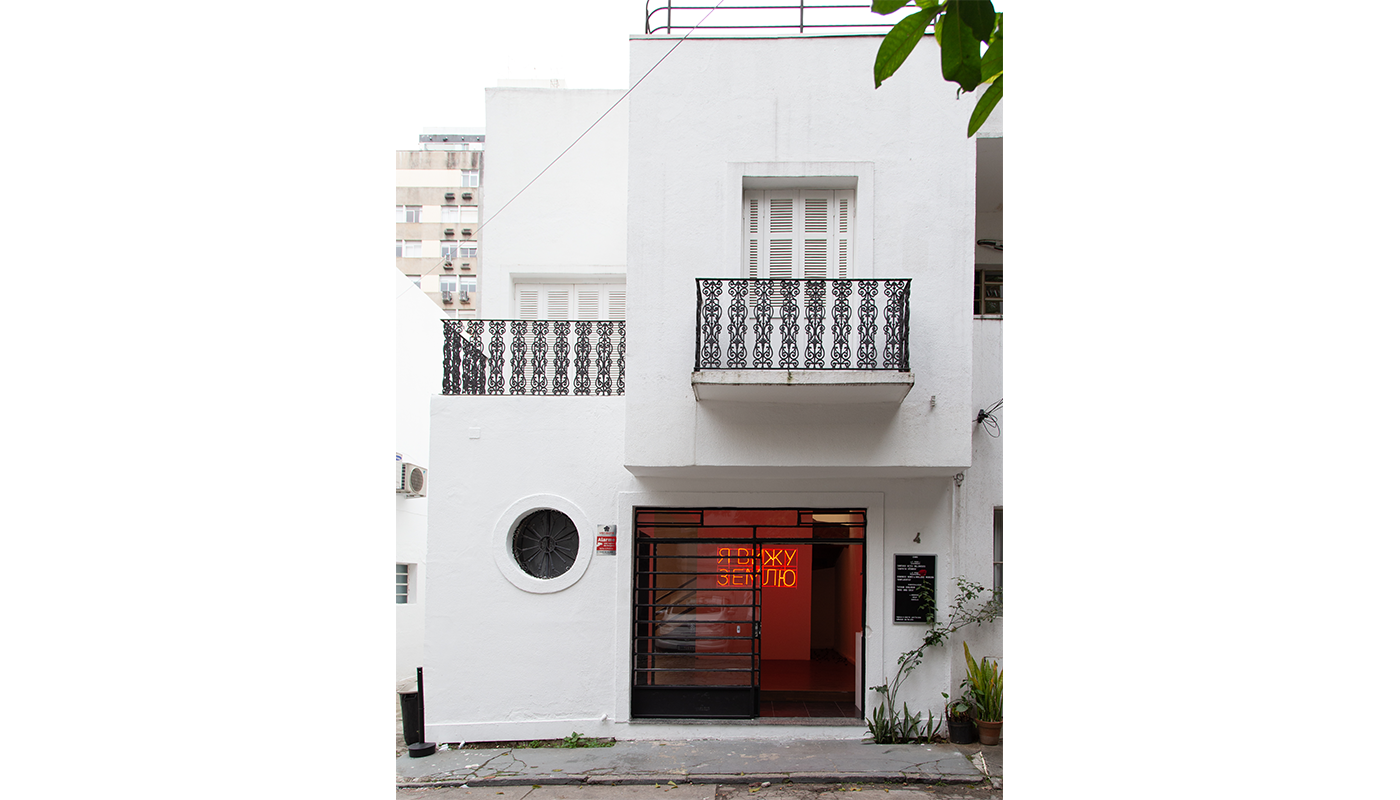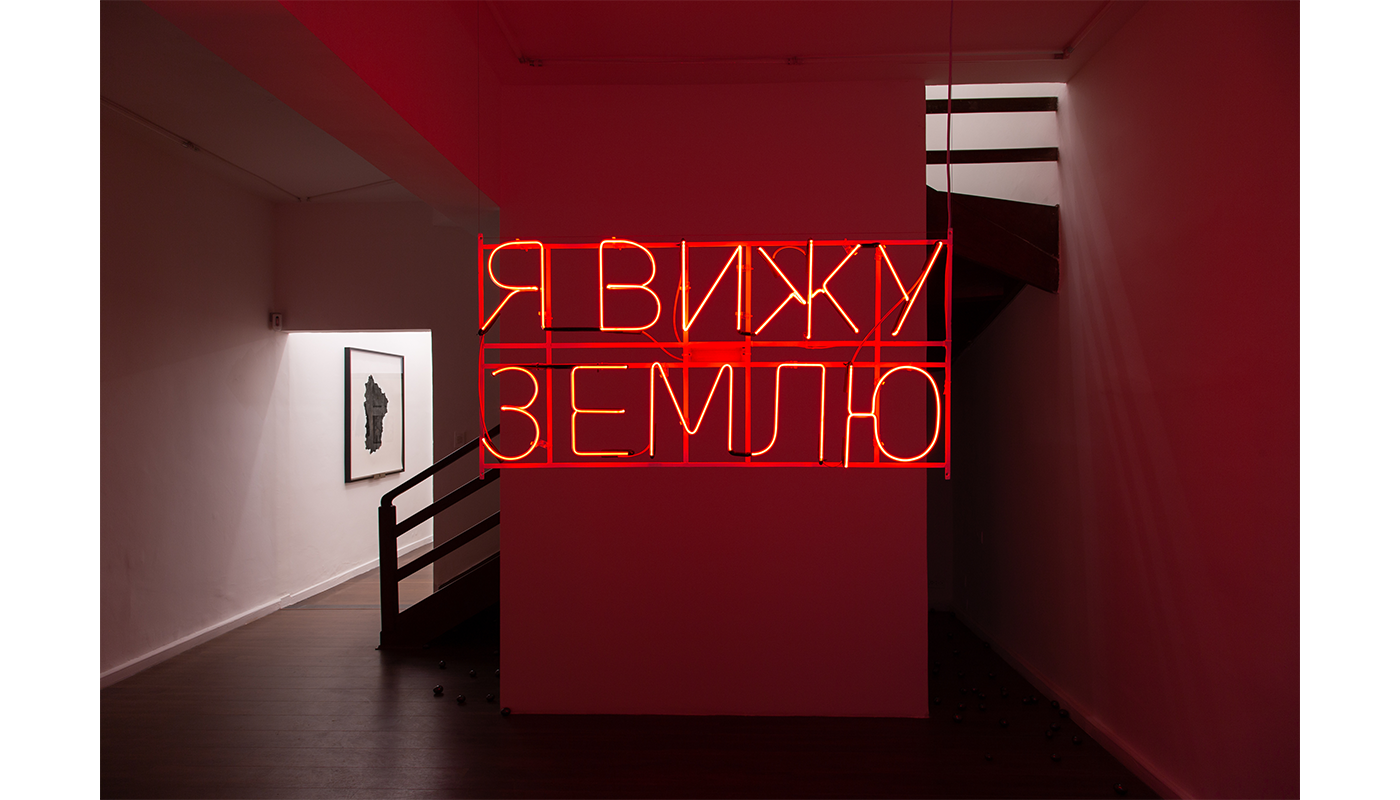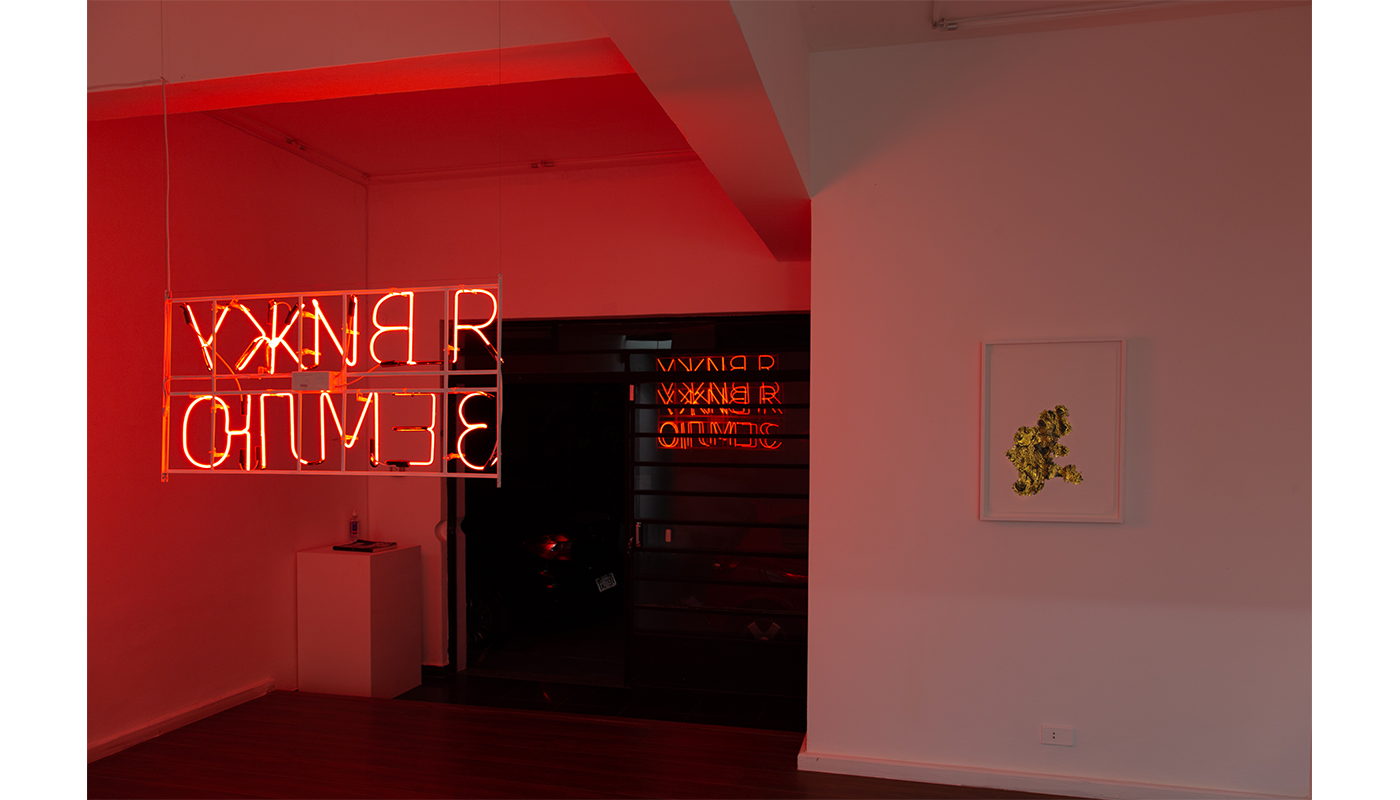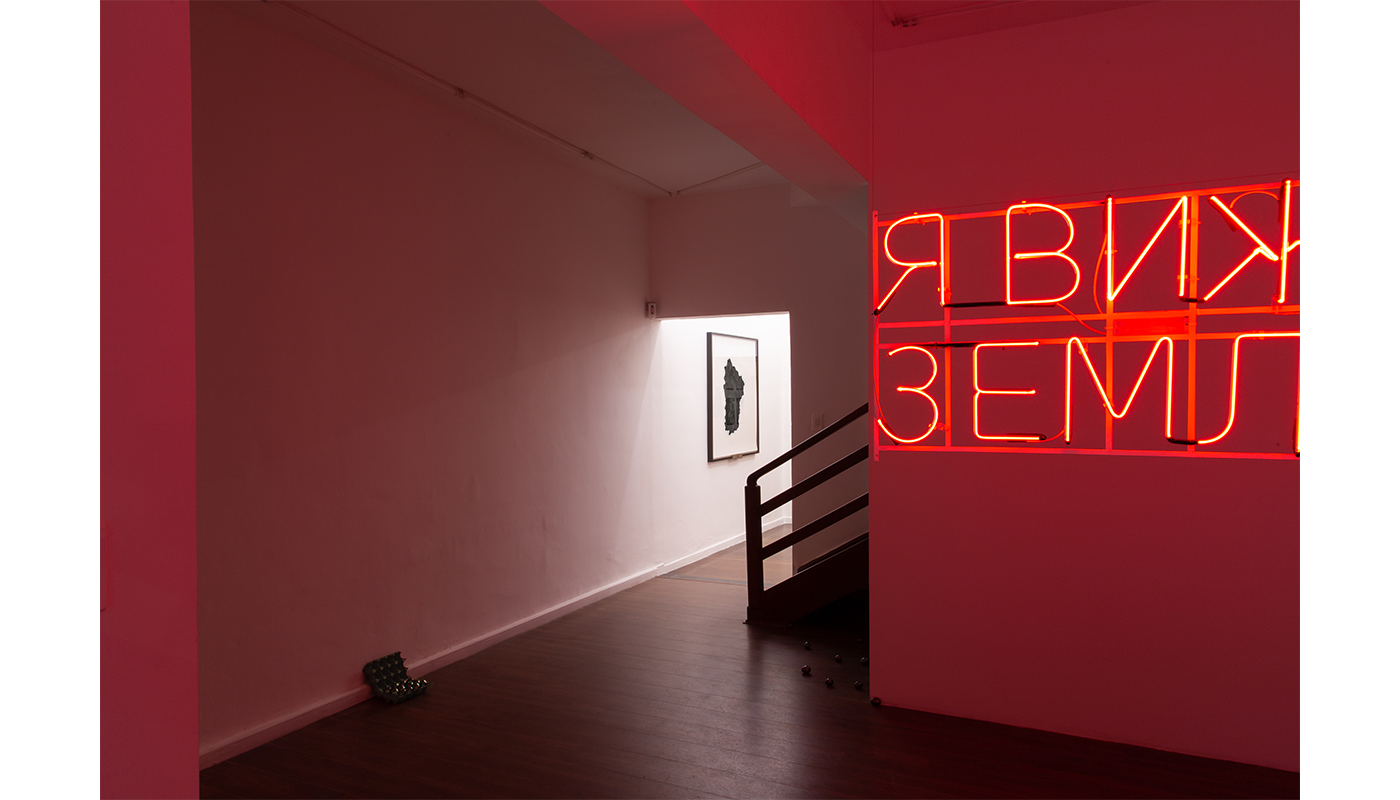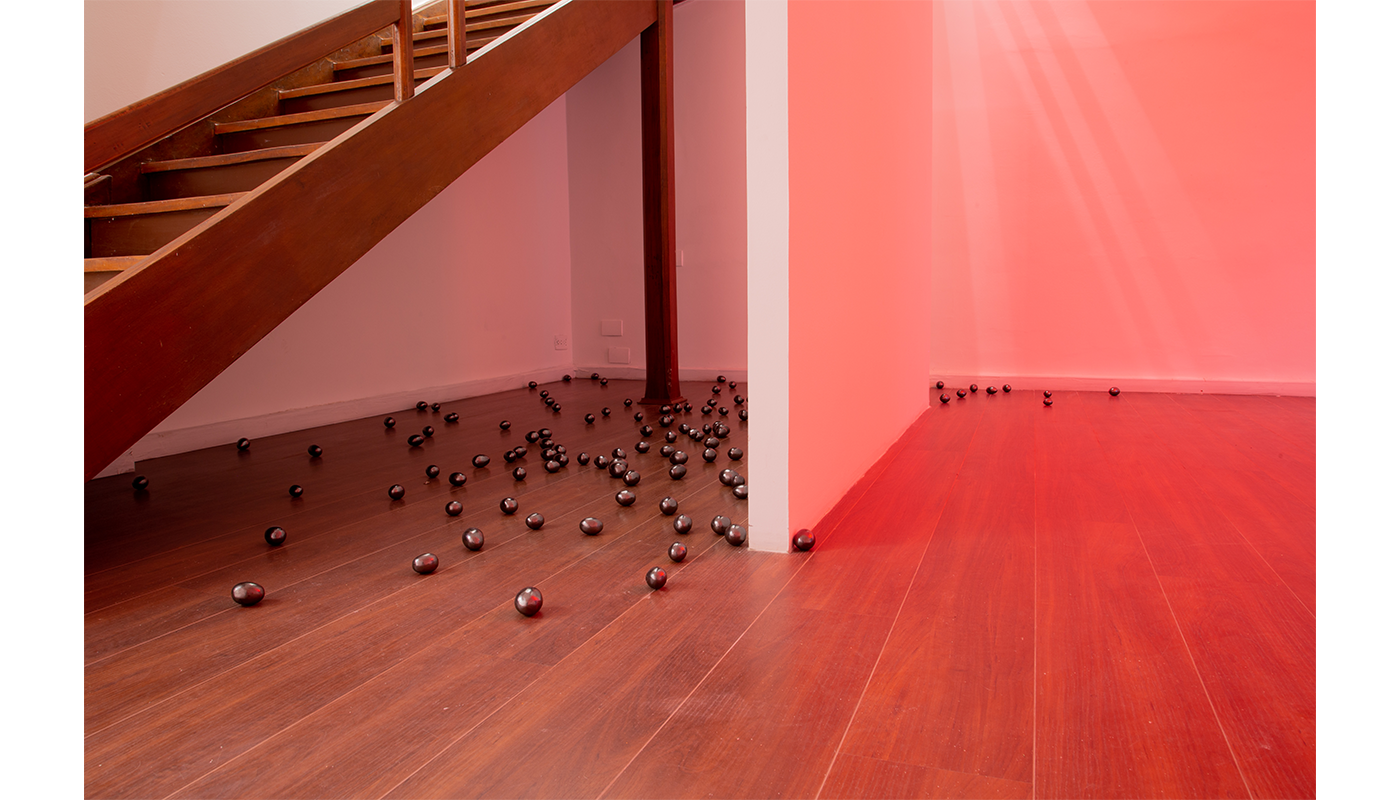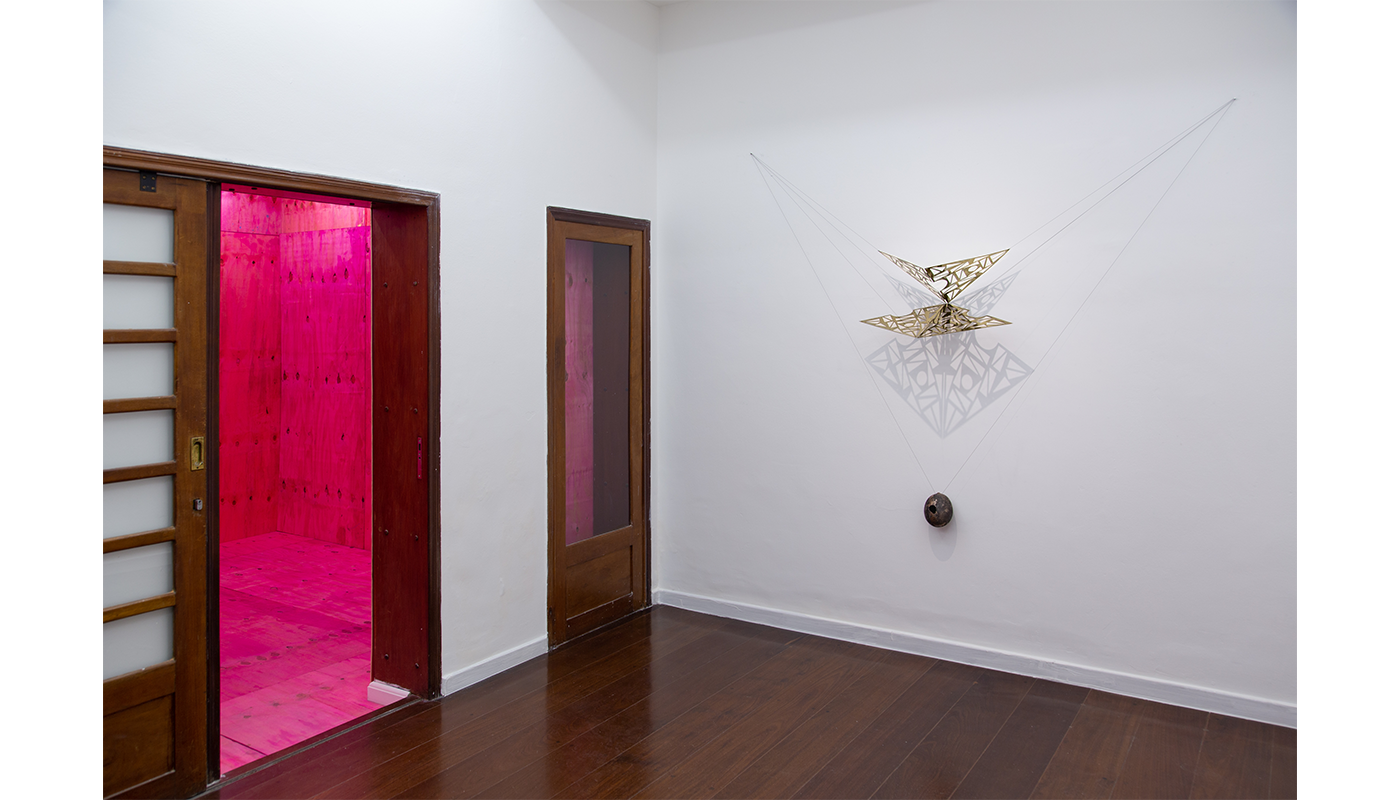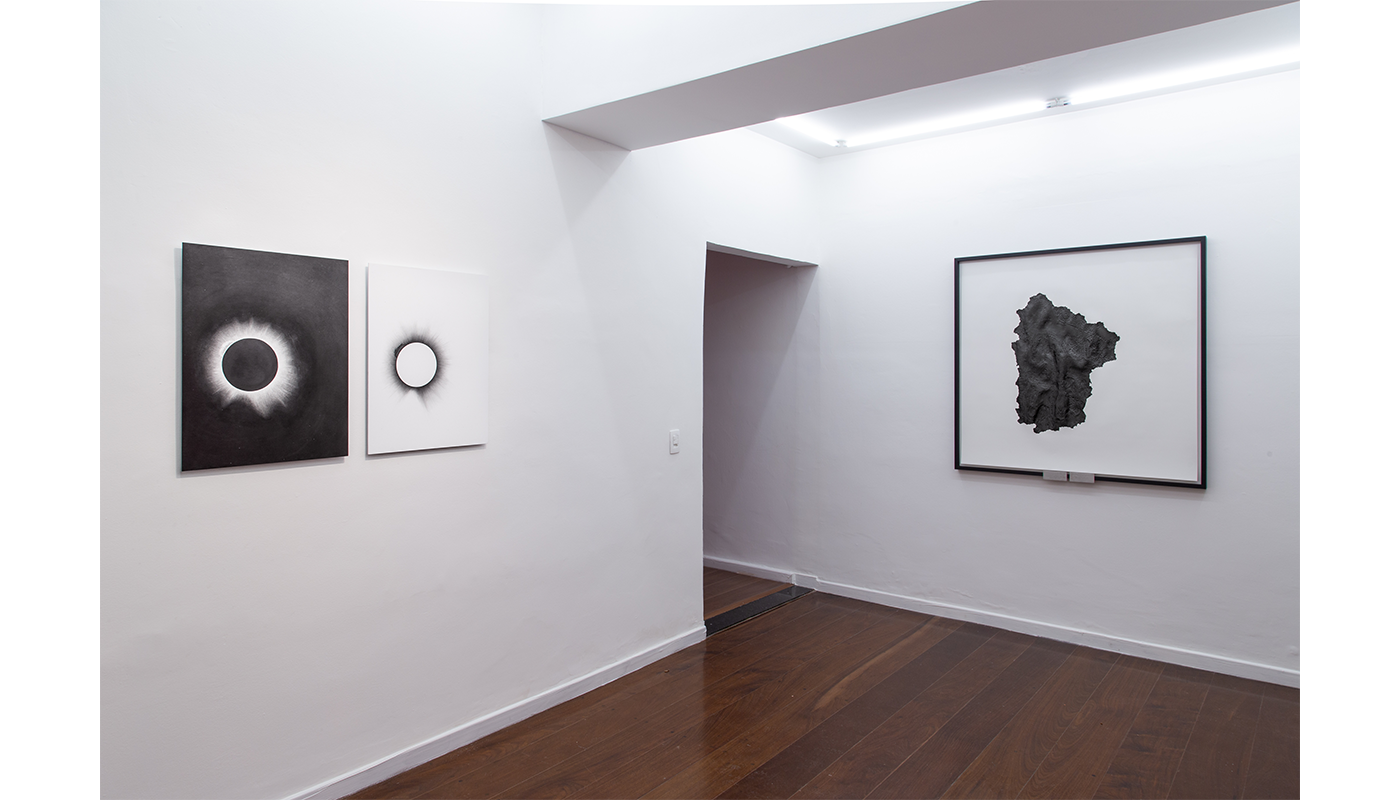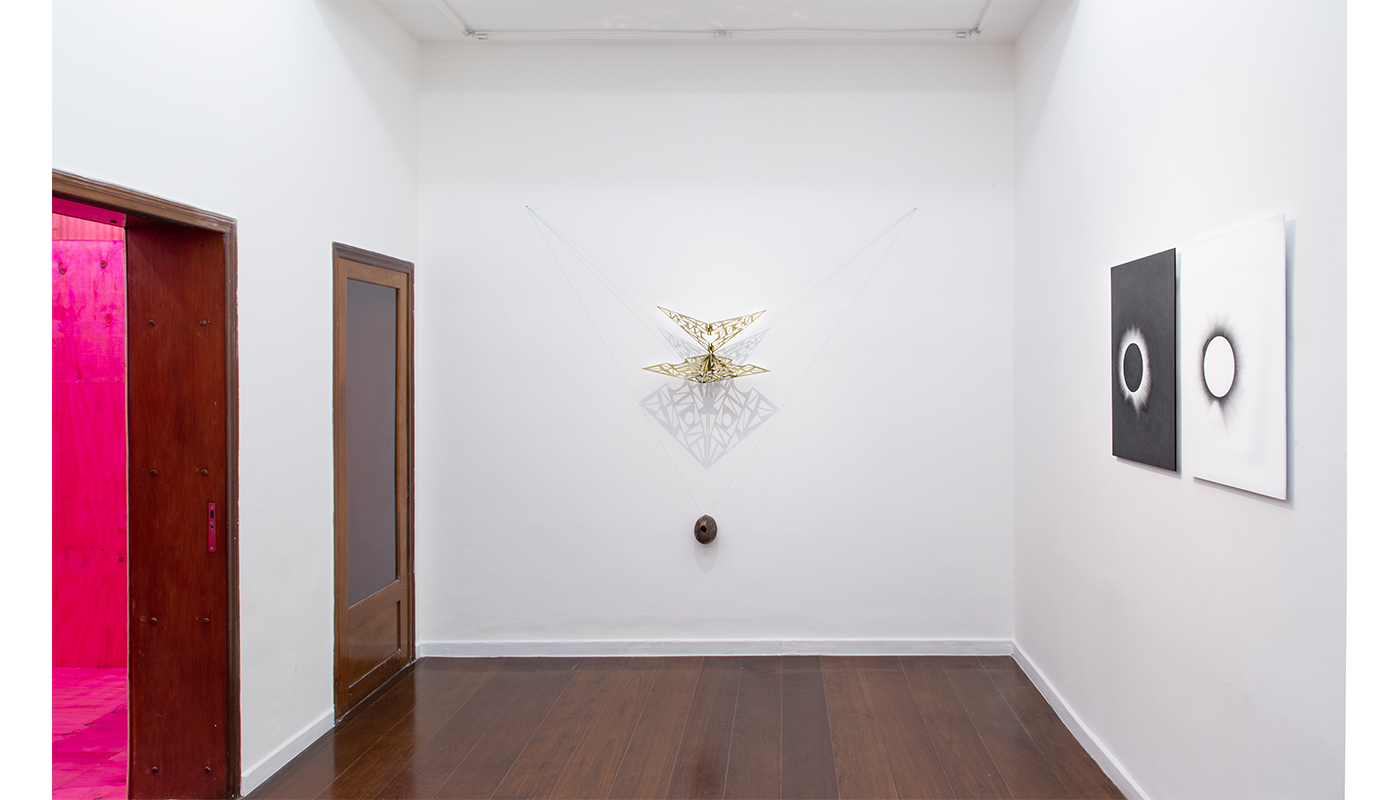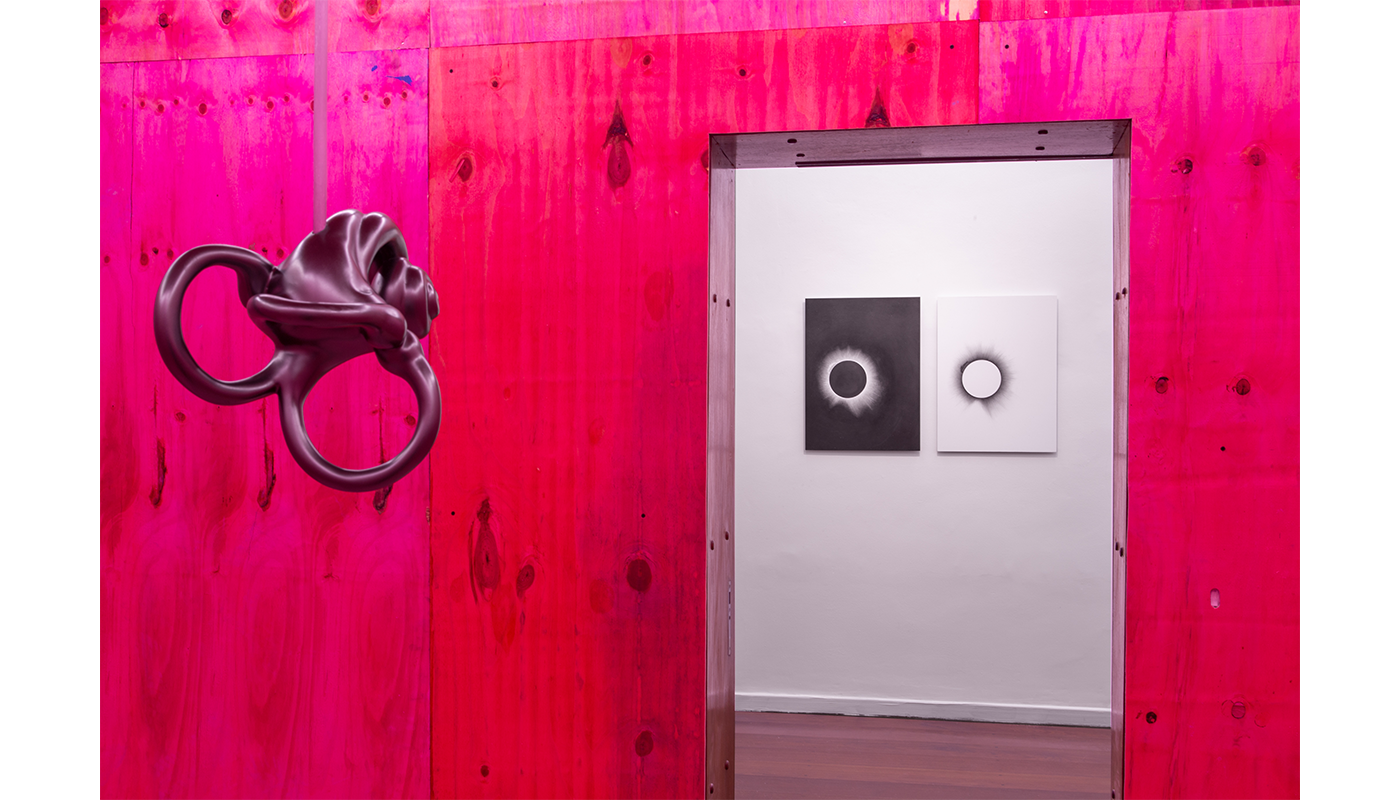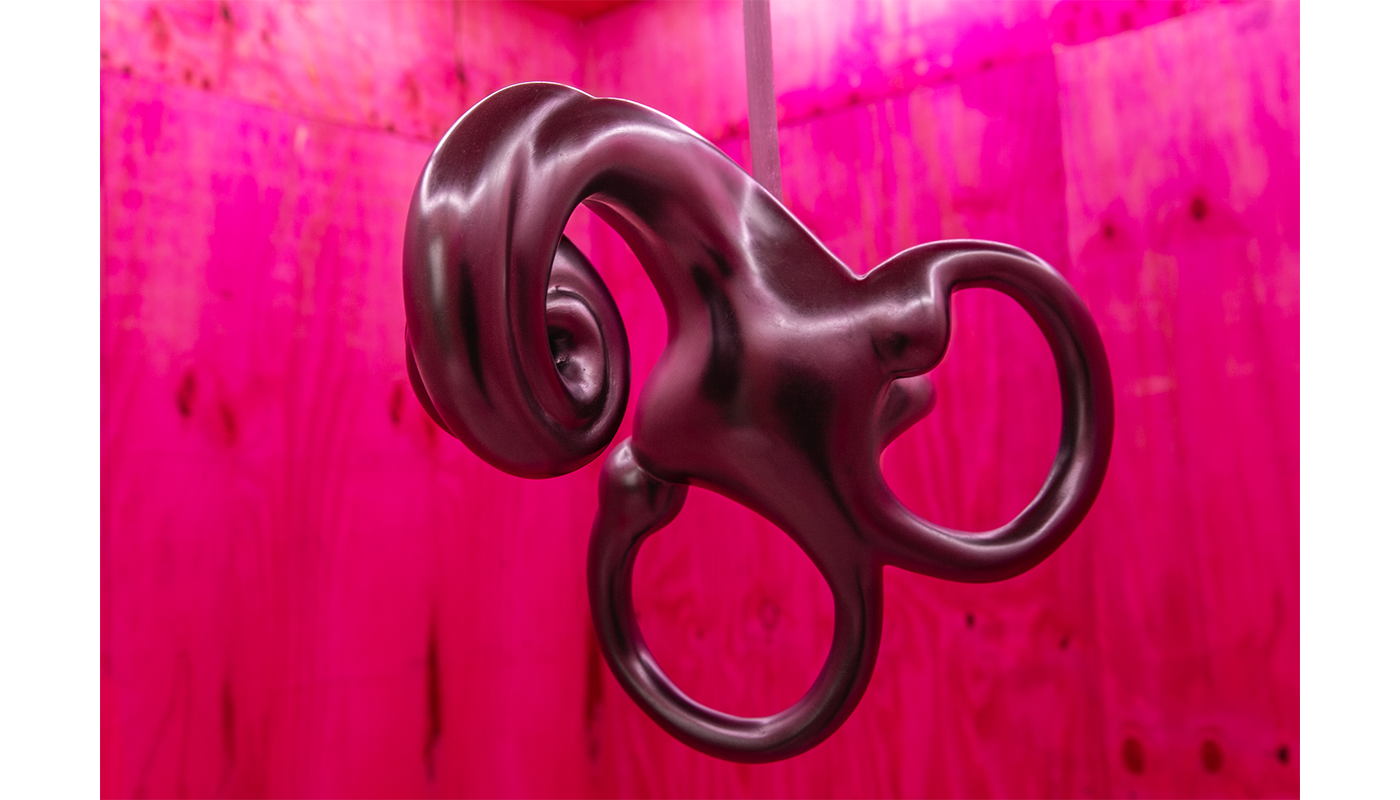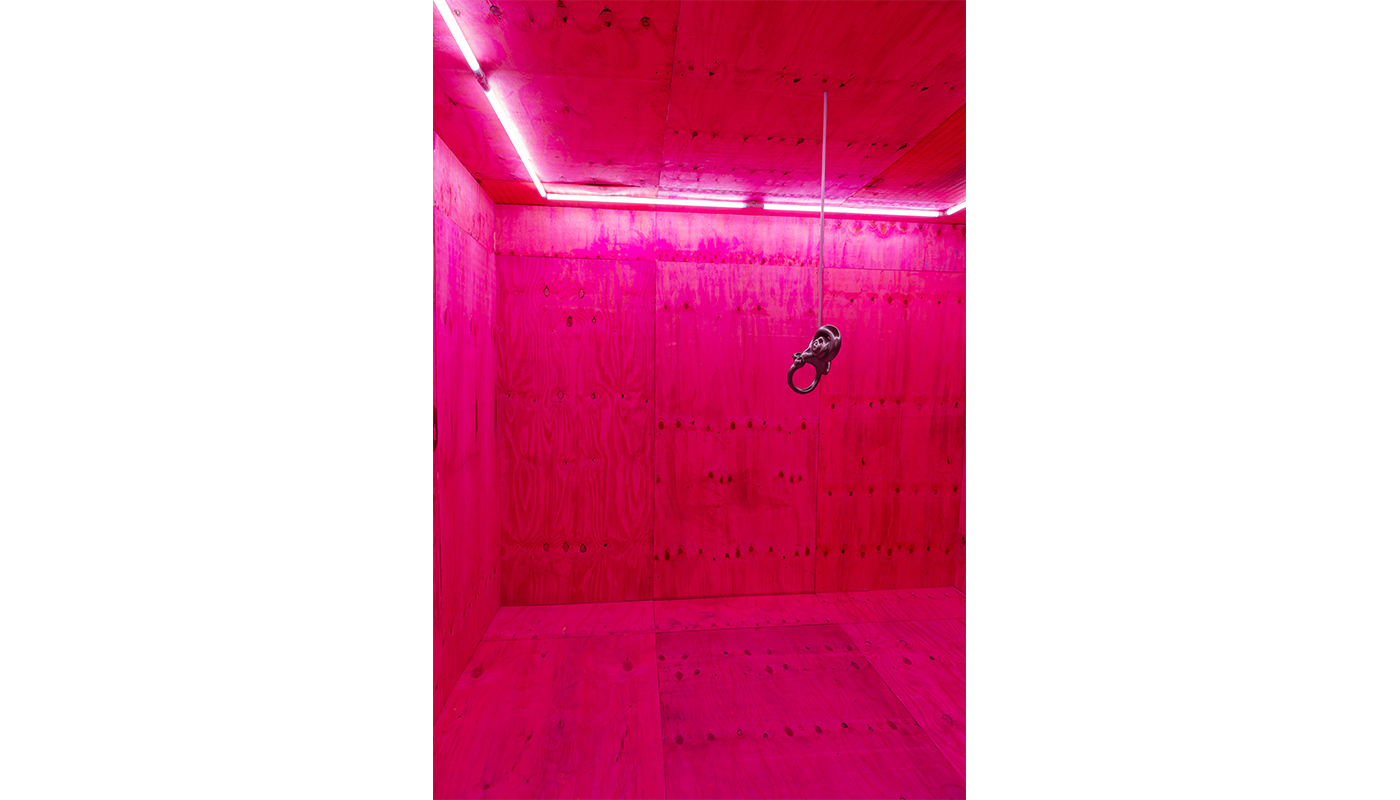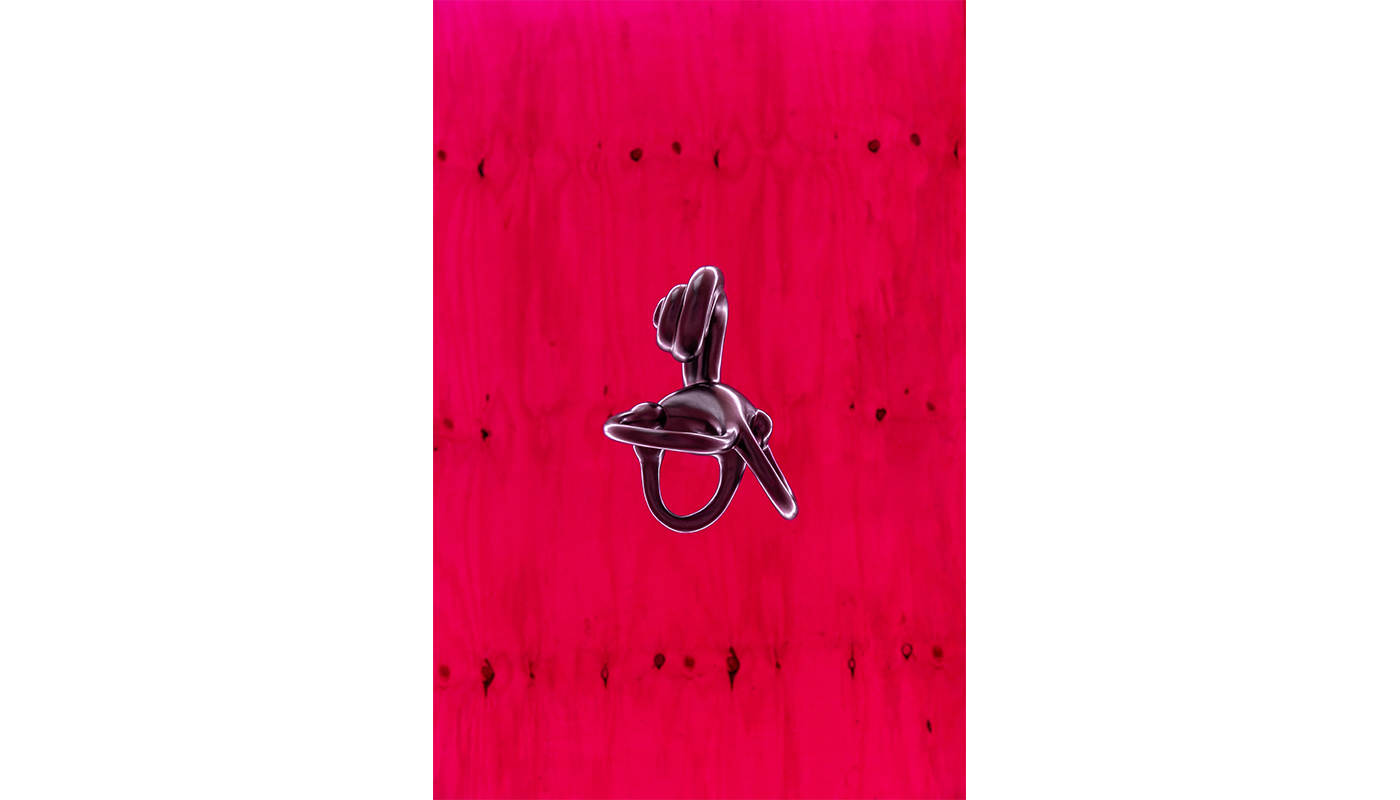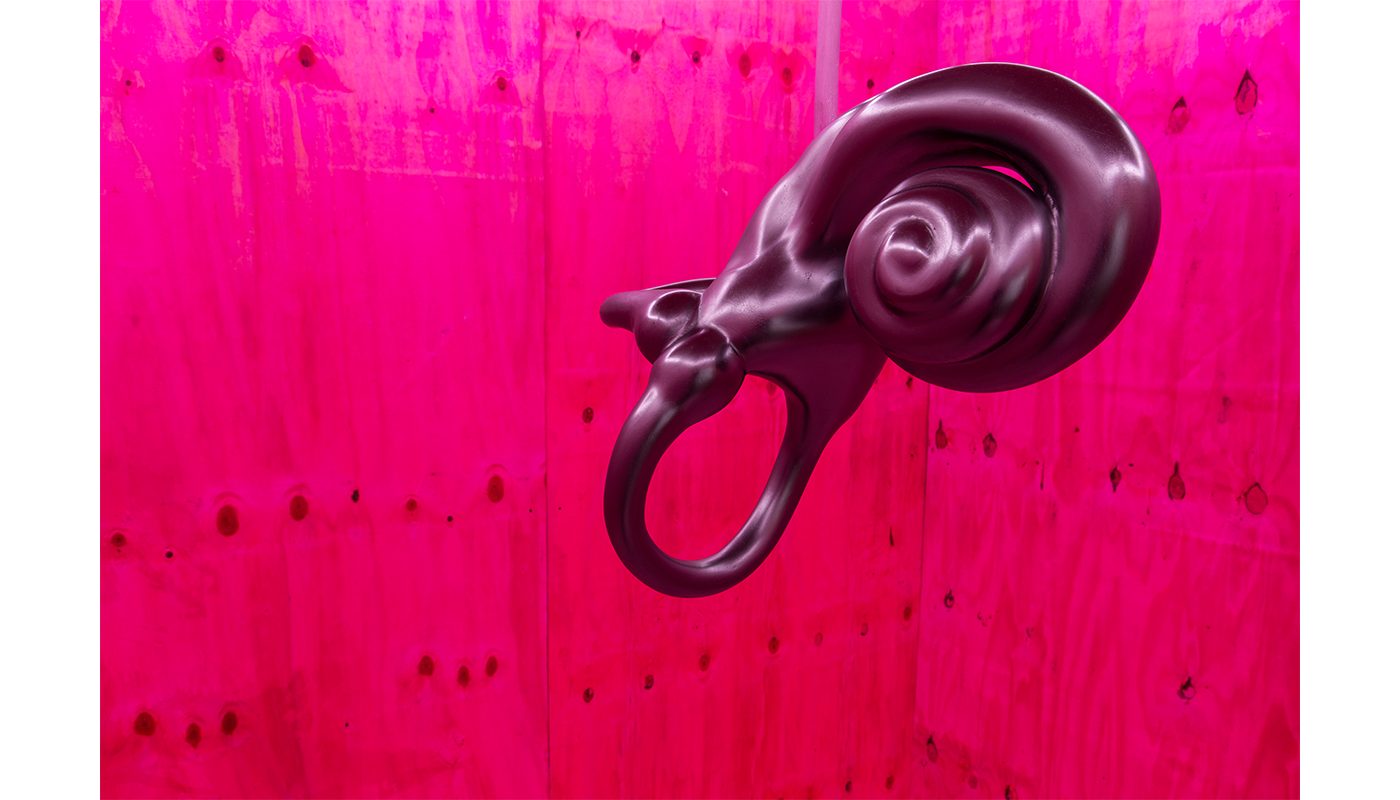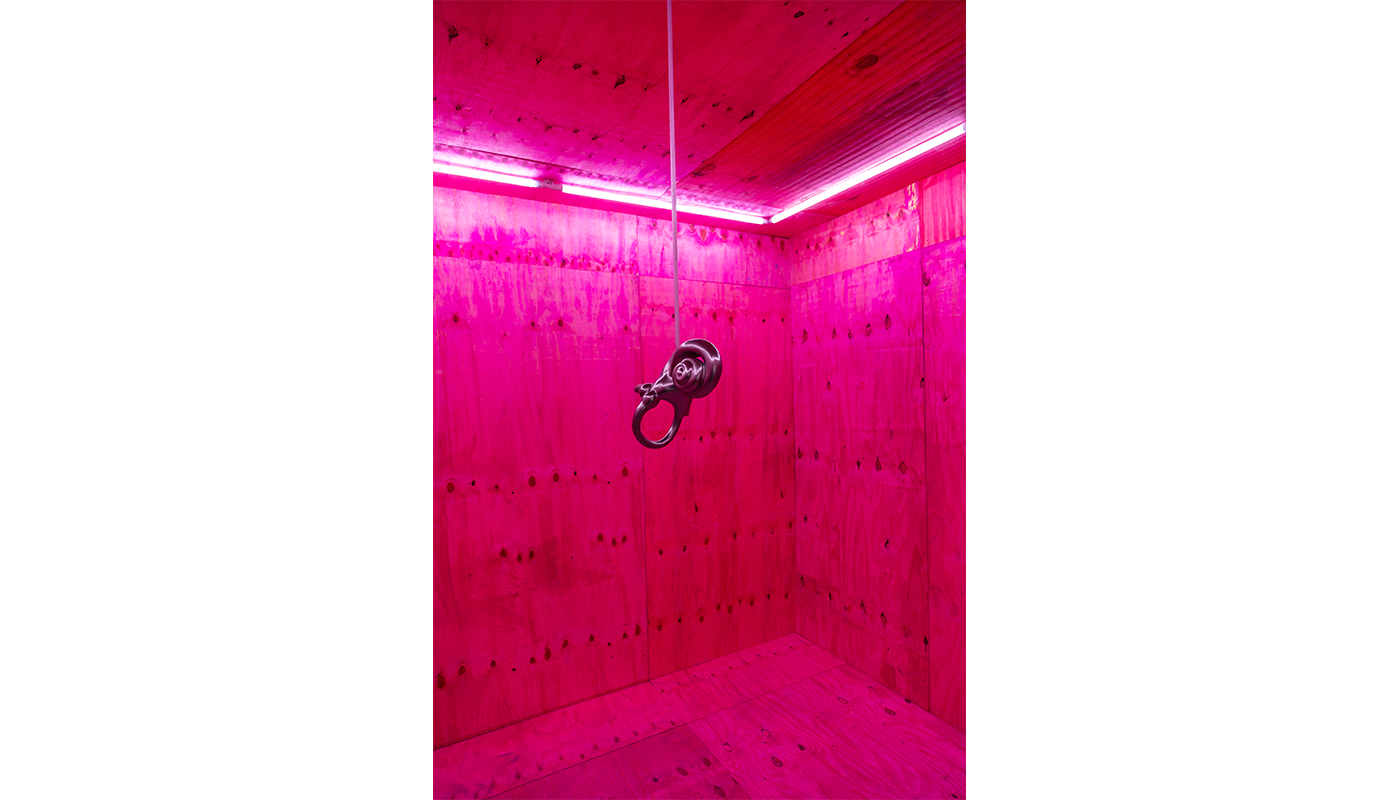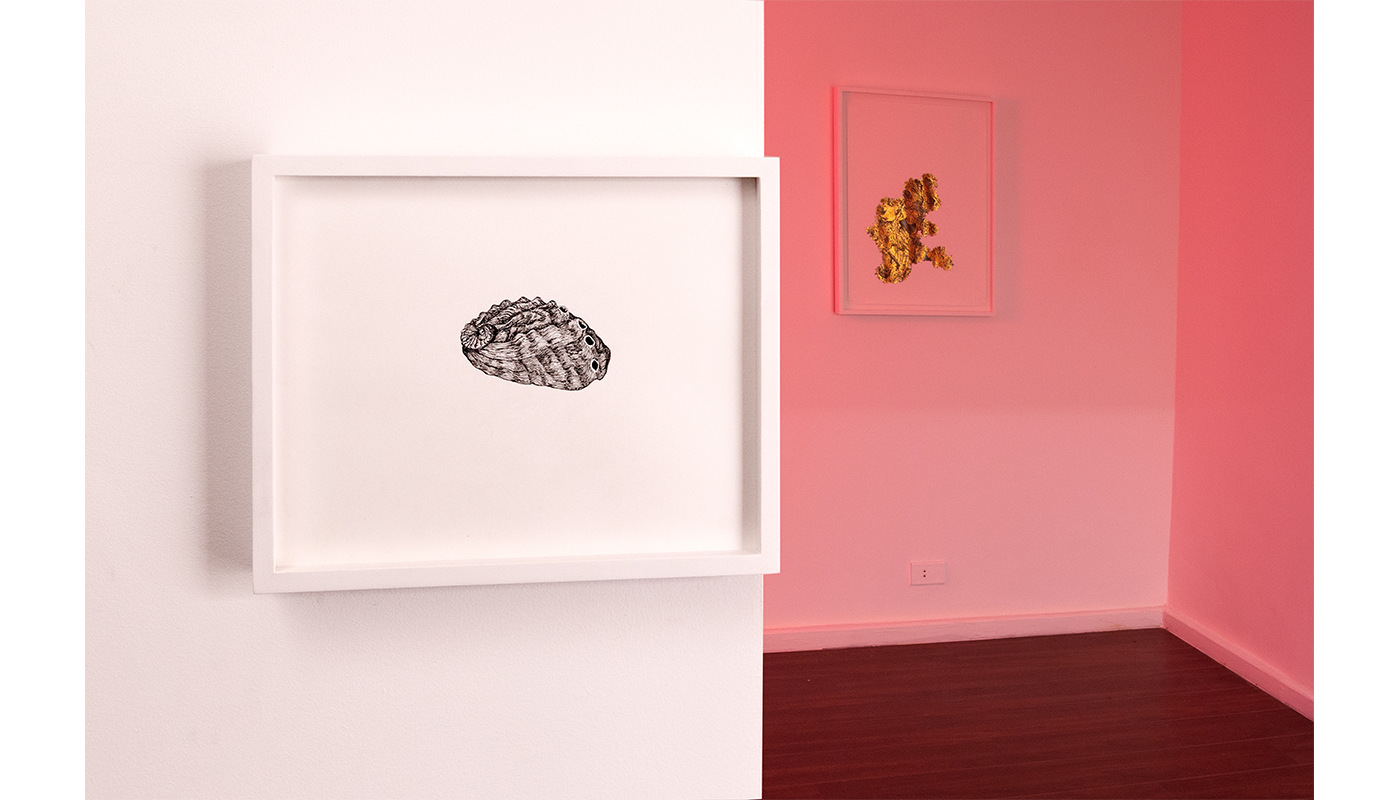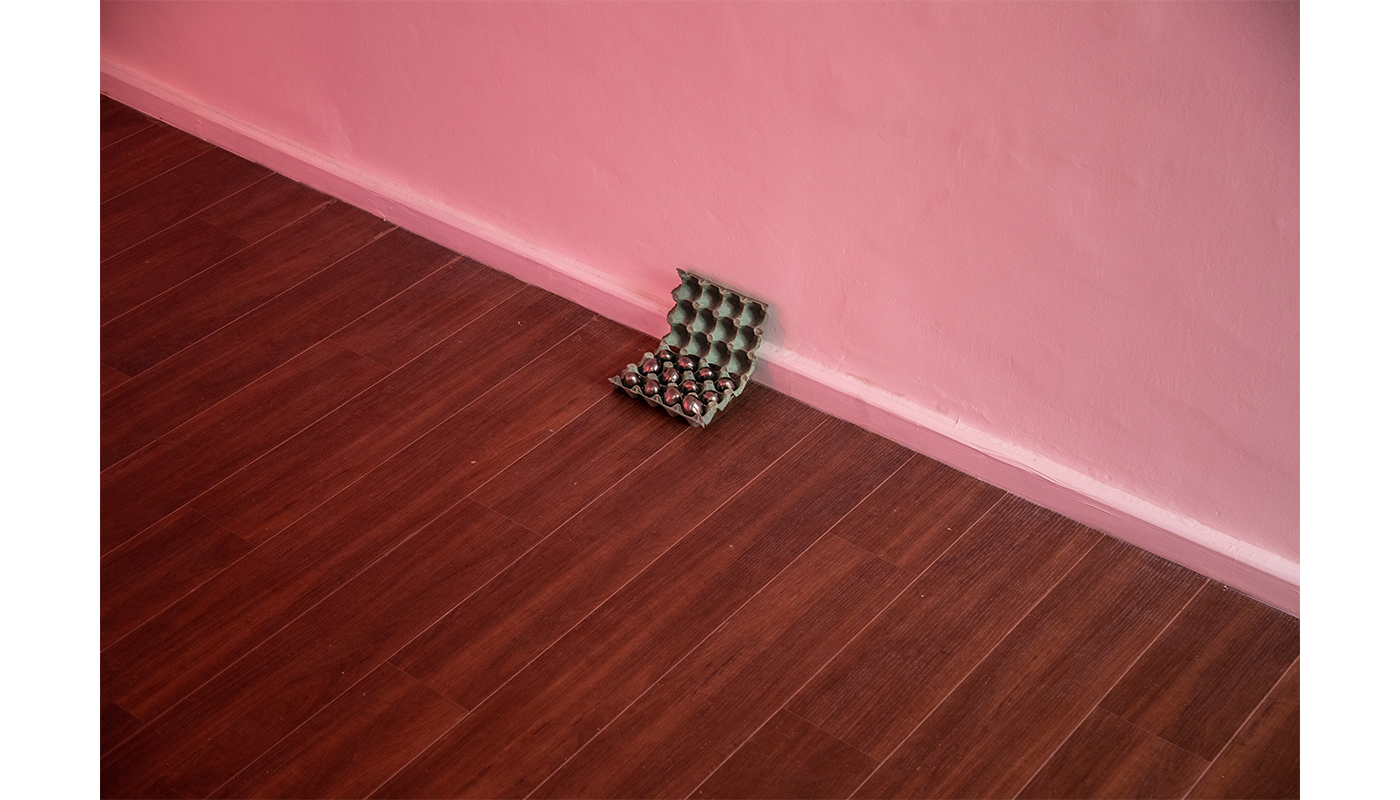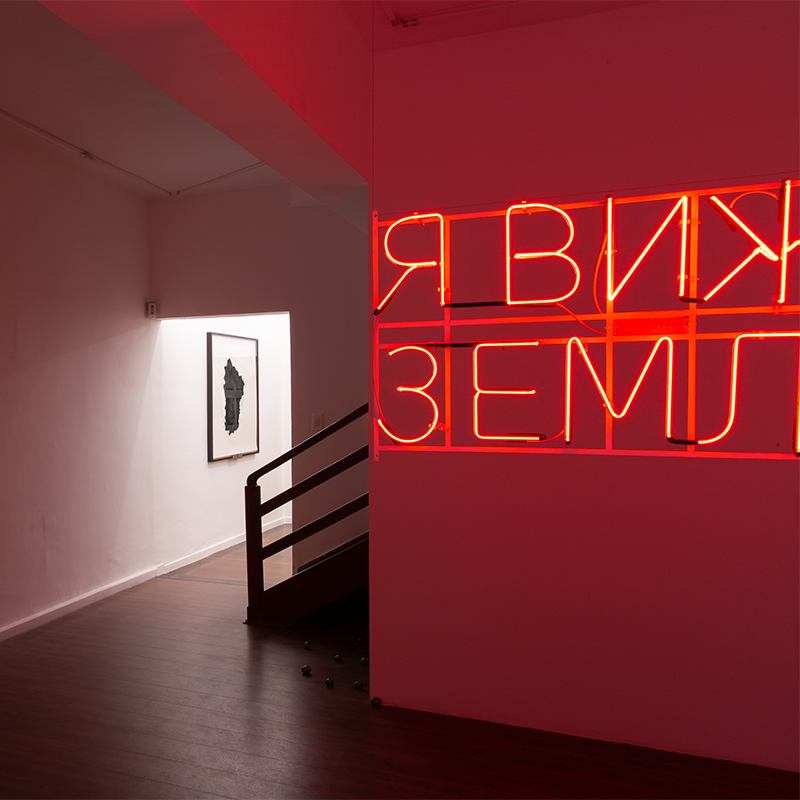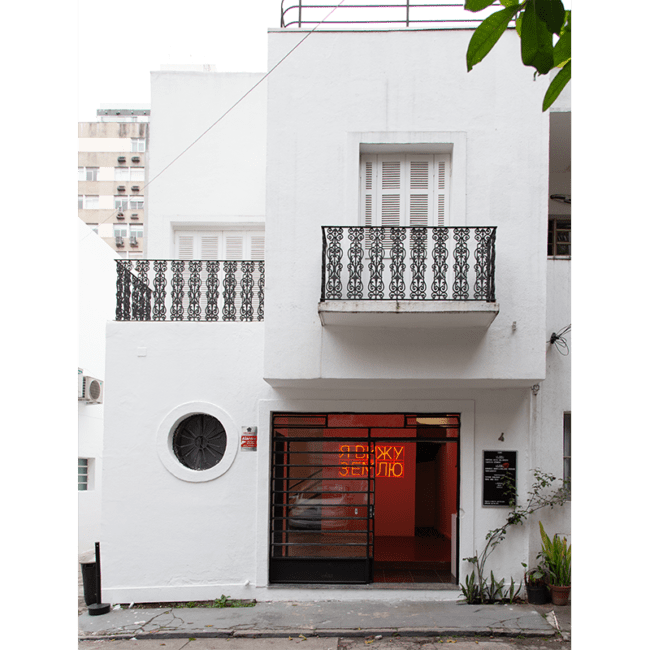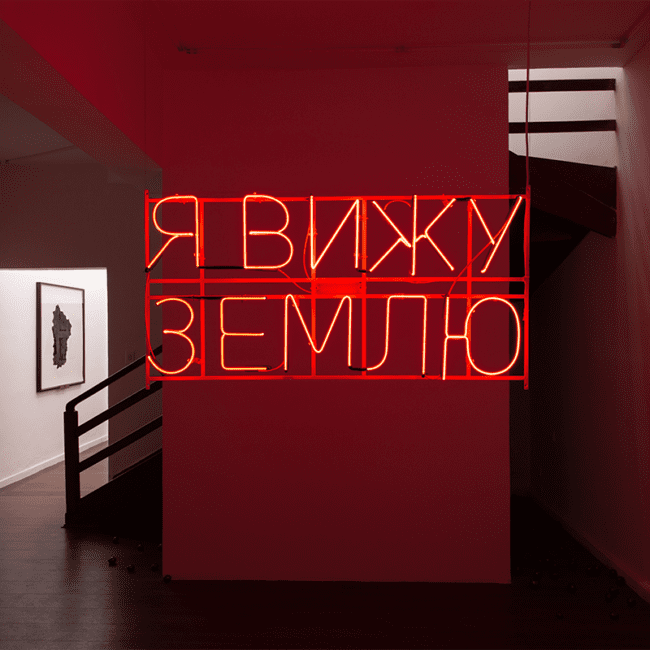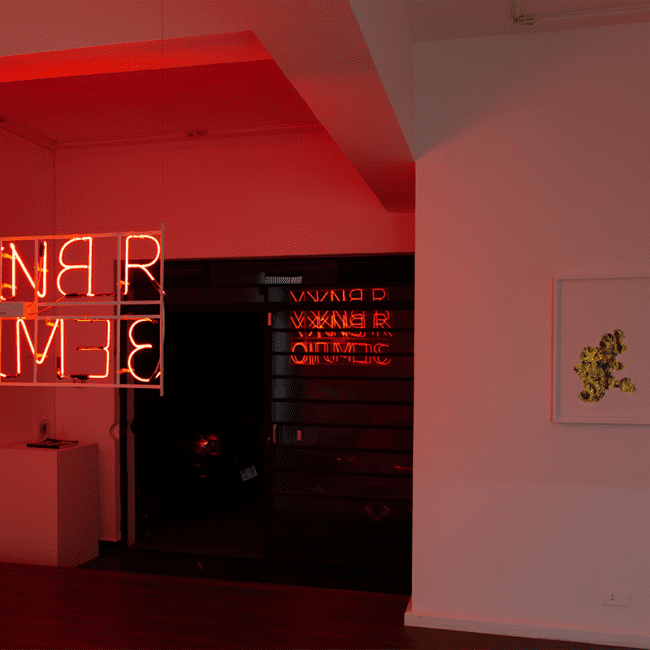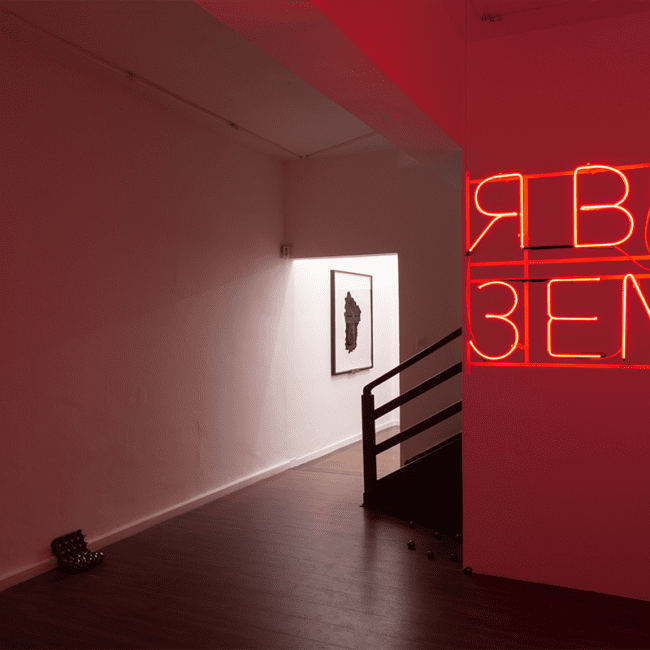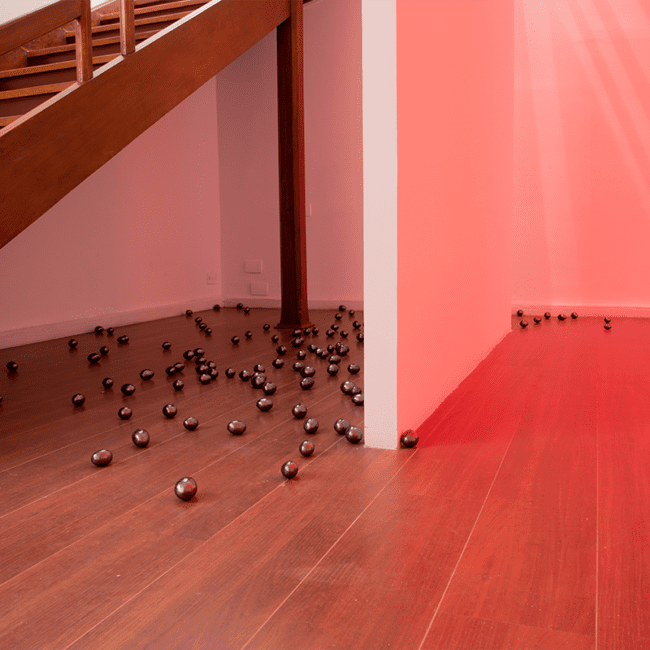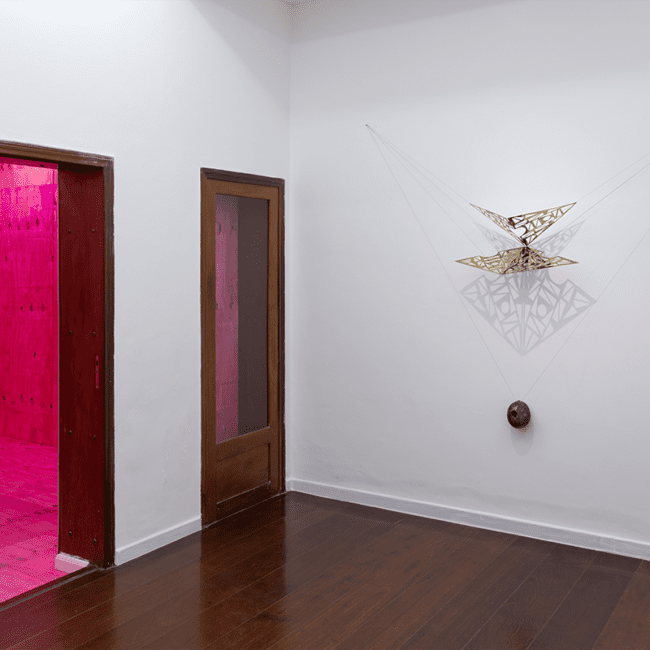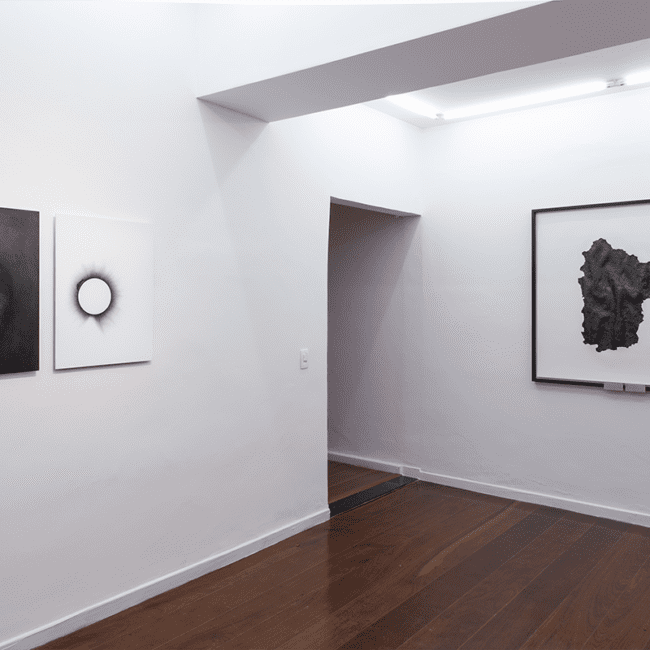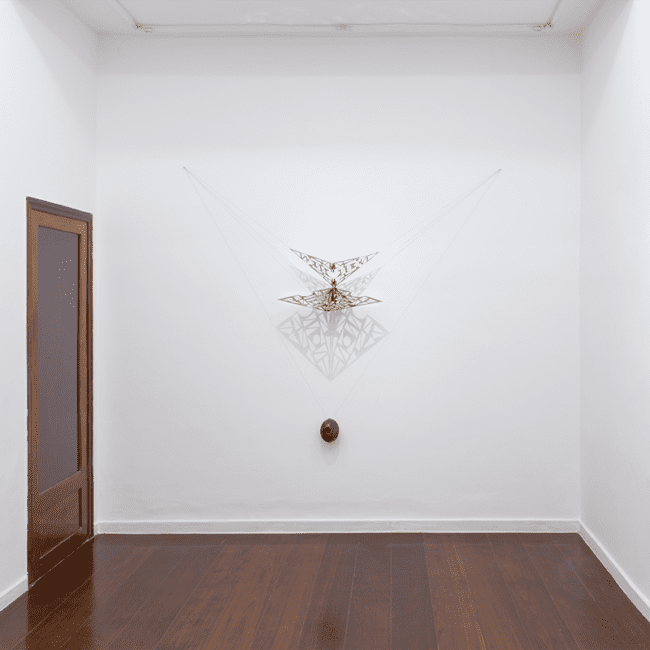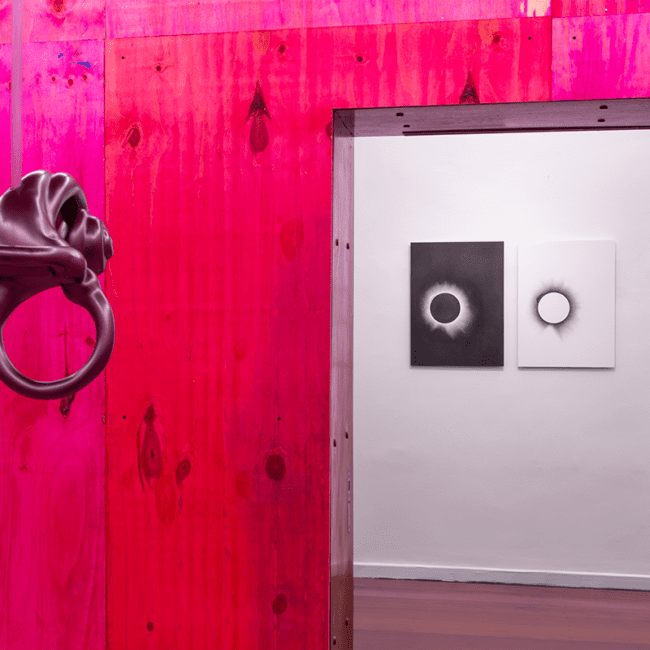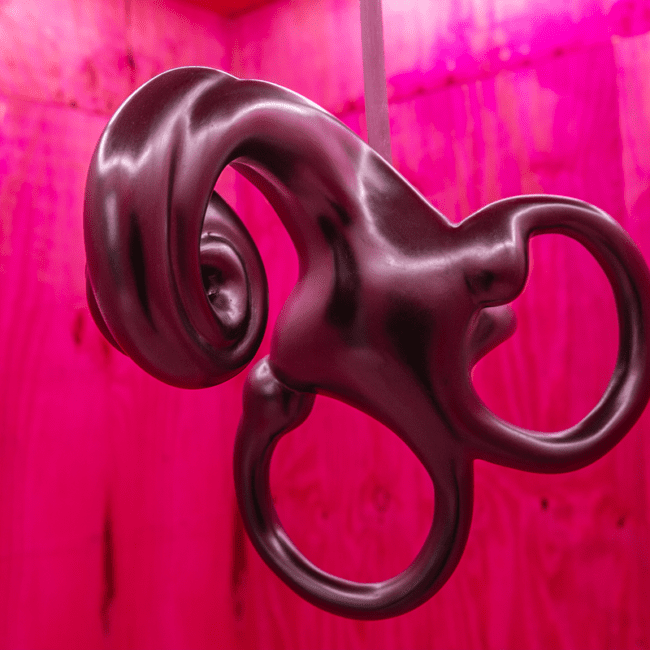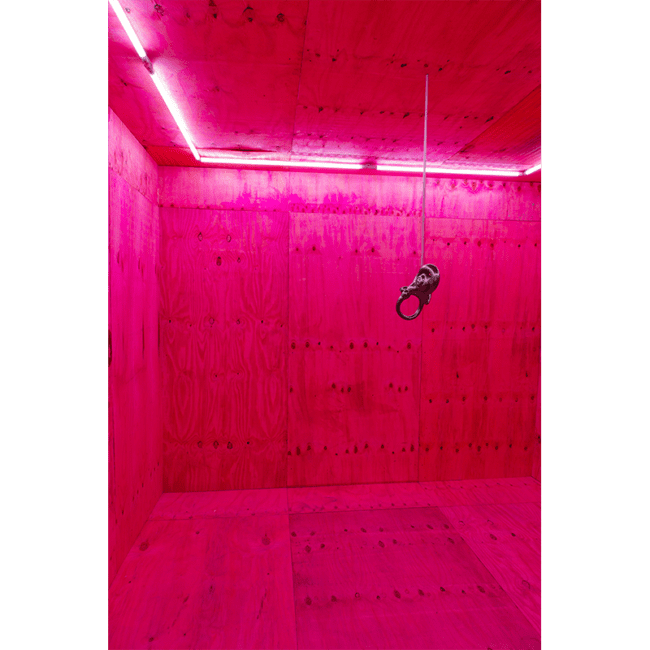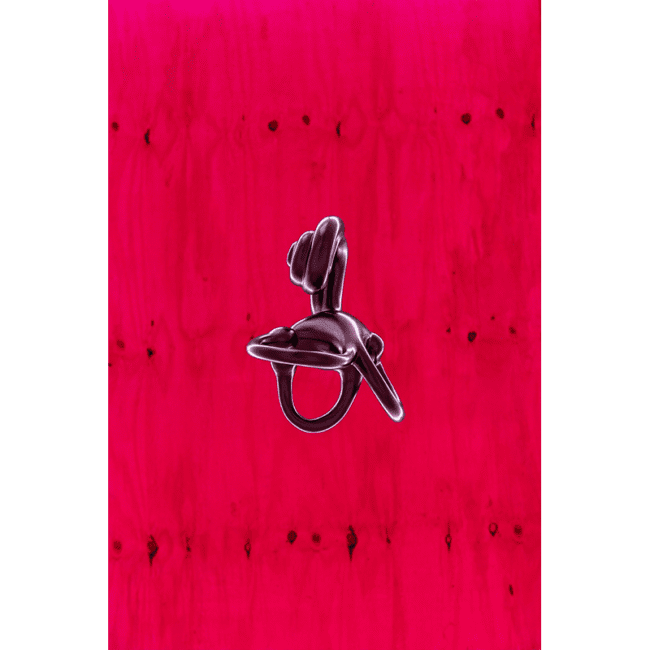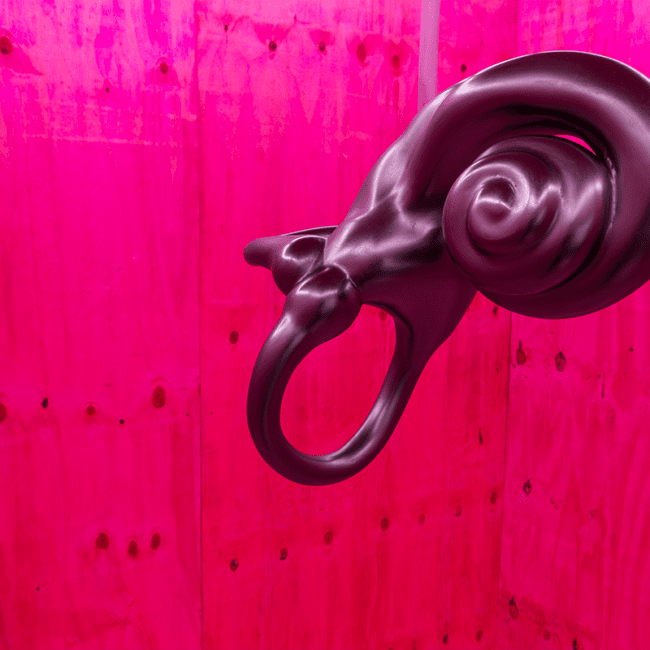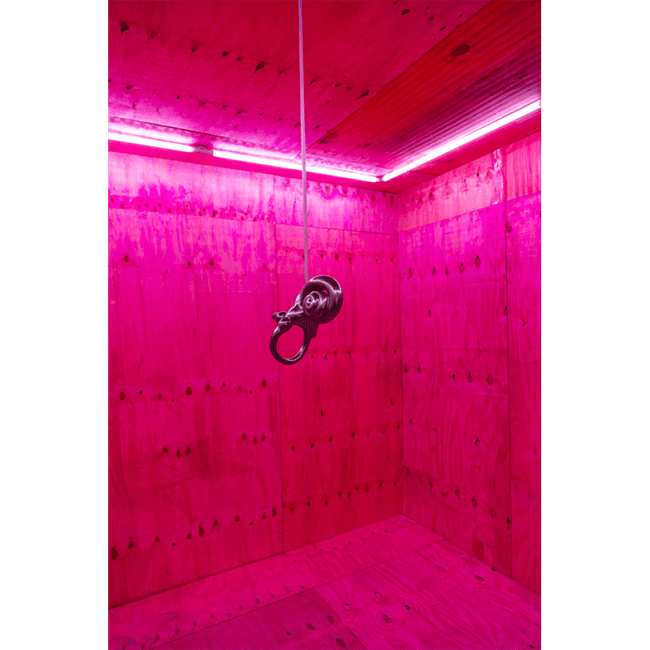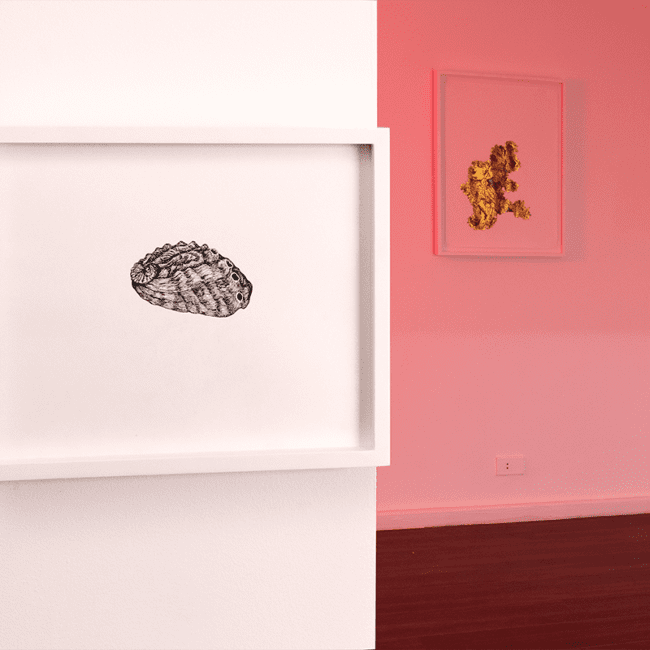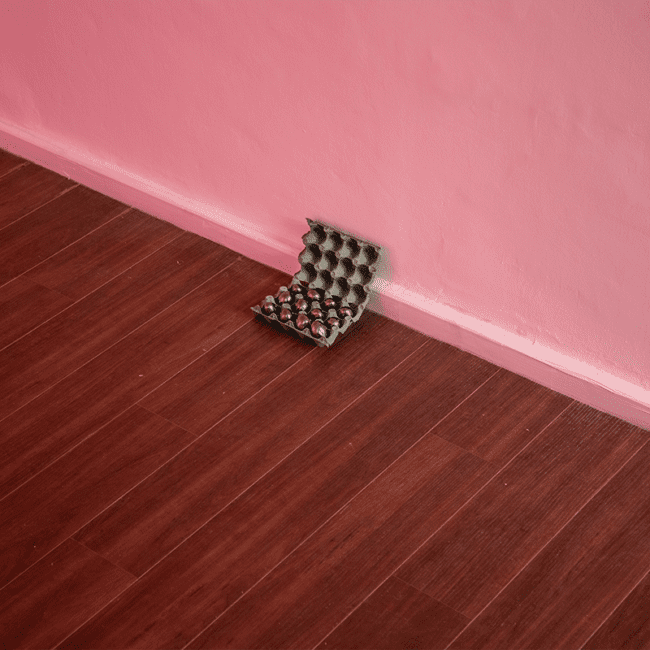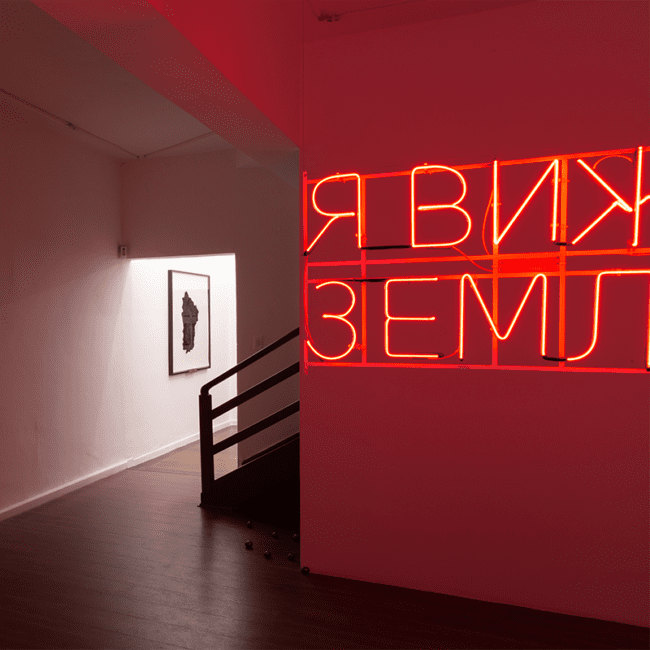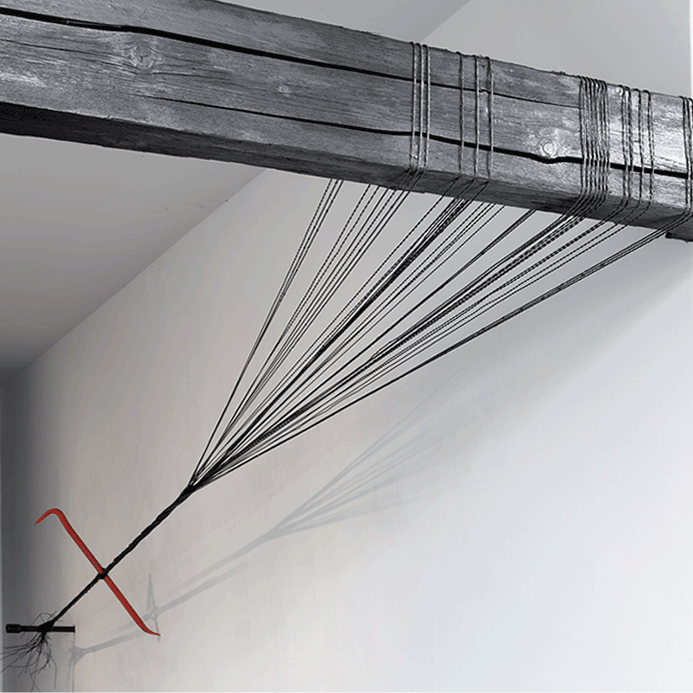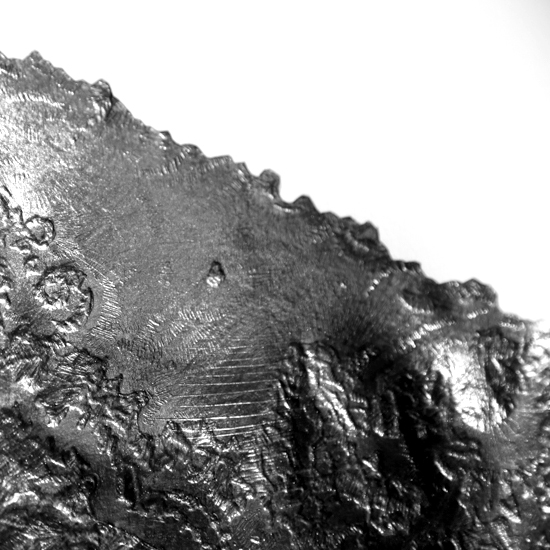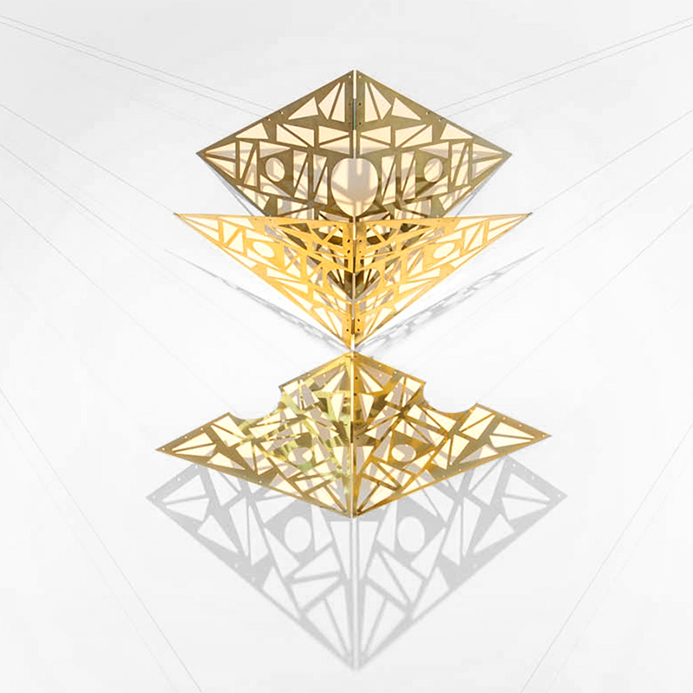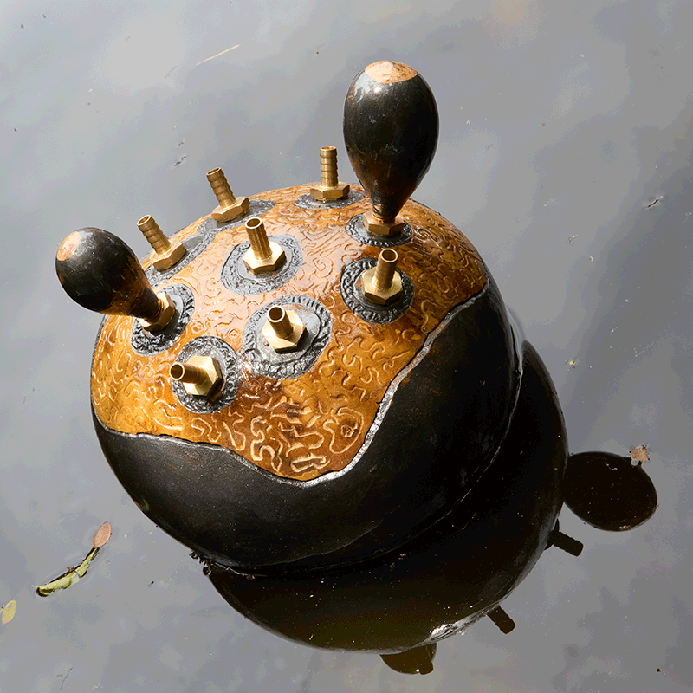“Cosmic Sympathy”. Santiago Reyes Villaveces.
Casanova, São Paulo. June the 18th – July the 23rd 2022
“The universe is one body. The world is a sympathetic whole in itself. Isolated bodies live in sympathy. When we cut off a finger, the whole body charges it. The universe is also a single body.” Posidonius. 135-51BC.
Casanova presents the solo exhibition “Cosmic Sympathy,” by Colombian artist Santiago Reyes Villaveces .
Born in 1986, the artist lives and works in Bogotá and between 2008 and 2009 was in São Paulo dedicating himself to the School of Communications and Arts in the department of Plastic Arts at USP and held in the same year the exhibition “Projecto Manometria” at the Pinacoteca de São Paulo as the collective DELENGUAAMANO.
Now in his return to São Paulo, the artist presents an unprecedented series of installation works and drawings produced in recent years, focused on stoic cosmology and the natural laws that govern chance-dominated encounters and mismatches.
With sympathy as the axis of their philosophy, the Stoics identified the relationship between the Earth and the Moon in the tidal phenomena as part of the cosmic sympathy. This relationship is the gravitational pull of all things in the universe, human and non-human and even those that do not touch.
The exhibition begins with a red neon sign written in the Cyrillic alphabet, with Yuri Gagarin’s phrase [Я вижу землю; I see the Earth]. On April 12th, 1961, Gagarin was the first person to escape the gravitational field and see the planet from outside. The instant the image of the Earth was fixed on Gagarin’s retina, it became clear that the Earth is one; a single sphere in which we are all together. “I see the Earth” makes present the symbolic forces of Gagarin’s phrase to invite viewers to bathe in the spectrum of red light that carries with it the fact that the Earth is the only place that we humans and non-humans have to exist in harmony.
The show continues with the positive and negative drawings of lunar photography of the eclipse taken in Sobral, Brazil in 1919; with which the theory of relativity was empirically proven.
Next is a meticulous graphite drawing of the Moon Stone of Good-Will that Richard Nixon gave to the former president of Brazil, Emílio Médici, in 1971. This lunar fragment, brought back by the Apollo 17 mission in 1973 contains a single type of gravity and arrived in the country due to political forces and wills that motivated rocket propulsion in the space race. With a closer look, the work incites a provocation and questioning about the whole context of international diplomacies and colonial legacies in the context of space exploration.
The exhibition also contemplates a more organic space, composed by an installation in a room covered with pink wooden boards. In it, is suspended from the ceiling a sculpture that reproduces the vestibular organ of the inner ear; also known as our sensory organ of gravity.
Thus, weaves a genealogy of gravitational forces of attraction as a confrontation of knowledge and discourses, without linearity or ontology. We share experiences with the whole set of bodies, this attraction that overcomes spatial and temporal barriers. What we experience together, with another person, with nature, and even with the universe is the cosmic sympathy that exists between all beings and things.
Reyes Villaveces opens up the plurality and contradictions of a cosmic, sculptural, spatial, physiological and political phenomenon. Objects, works, space and viewers are attracted to each other and the artist invites us to feel the balance and delicacy of this universal scale; the gravitational field is a space to be entered.
